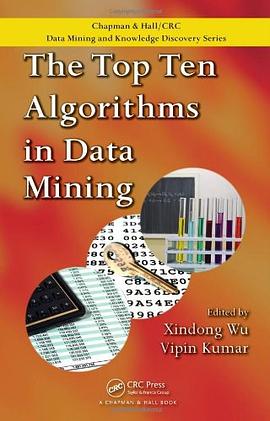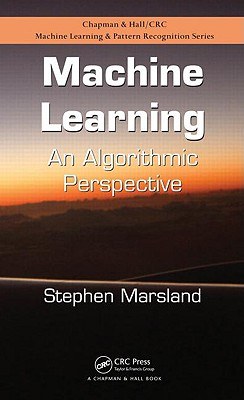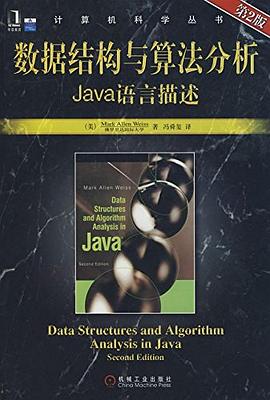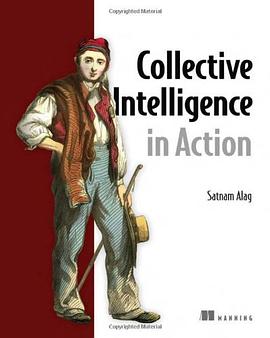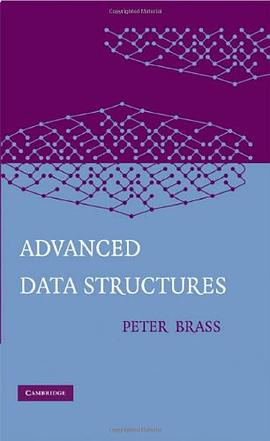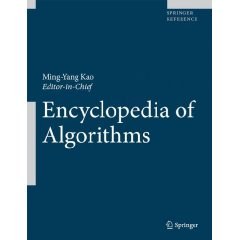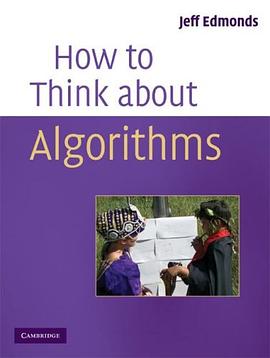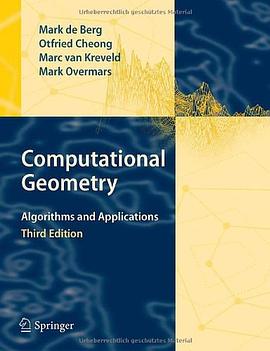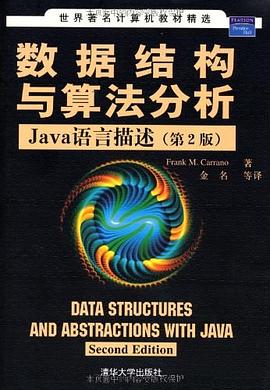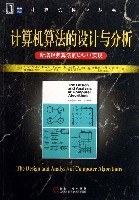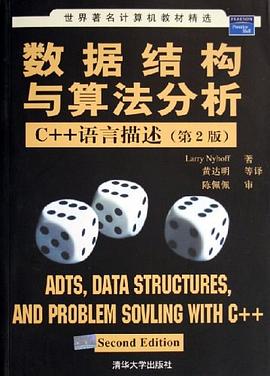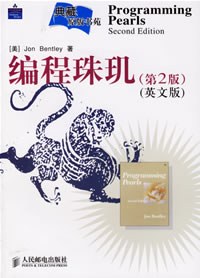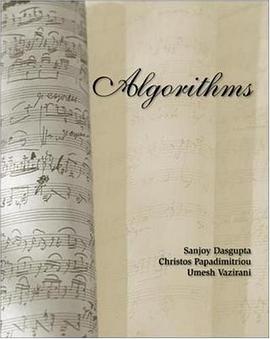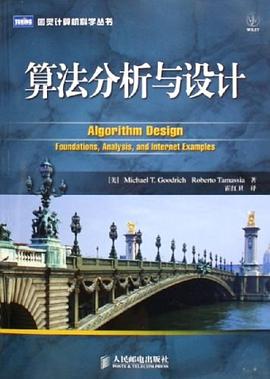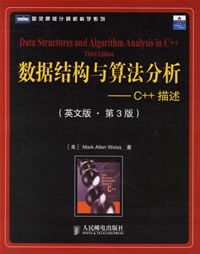

具体描述
Alexander Stepanov studied mathematics at Moscow State University from 1967 to 1972. He has been programming since 1972: first in the Soviet Union and, after emigrating in 1977, in the United States. He has programmed operating systems, programming tools, compilers, and libraries. His work on foundations of programming has been supported by GE, Brooklyn Polytechnic, AT&T,HP, SGI, and, since 2002, Adobe. In 1995 he received the Dr. Dobb’s Journal Excellence in Programming Award for the design of the C++ Standard Template Library.
Paul McJones studied engineering mathematics at the University of California, Berkeley, from 1967 to 1971. He has been programming since 1967 in the areas of operating systems, programming environments, transaction processing systems, and enterprise and consumer applications. He has been employed by the University of California, IBM, Xerox, Tandem, DEC, and, since 2003, Adobe. In 1982 he and his coauthors received the ACM Programming Systems and Languages Paper Award for their paper “The Recovery Manager of the System R Database Manager.”
Elements of Programming provides a different understanding of programming than is presented elsewhere. Its major premise is that practical programming, like other areas of science and engineering, must be based on a solid mathematical foundation. The book shows that algorithms implemented in a real programming language, such as C++, can operate in the most general mathematical setting. For example, the fast exponentiation algorithm is defined to work with any associative operation. Using abstract algorithms leads to efficient, reliable, secure, and economical software.
This is not an easy book. Nor is it a compilation of tips and tricks for incremental improvements in your programming skills. The book’s value is more fundamental and, ultimately, more critical for insight into programming. To benefit fully, you will need to work through it from beginning to end, reading the code, proving the lemmas, doing the exercises. When finished, you will see how the application of the deductive method to your programs assures that your system’s software components will work together and behave as they must.
Following key definitions, the book describes a number of algorithms and requirements for types on which they are defined that exemplify its abstract mathematical approach. The code for these descriptions—also available on the Web—is written in a small subset of C++ meant to be accessible to any experienced programmer. This subset is defined in a special language appendix coauthored by Sean Parent and Bjarne Stroustrup.
Whether you are a software developer, or any other professional for whom programming is an important activity, or a committed student, you will come to understand what the book’s experienced authors have been teaching and demonstrating for years—that mathematics is good for programming, that theory is good for practice.
用户评价
##全书的内容可以用最后的一段话总结:程序设计是一种迭代式过程,研究有用的问题,发现处理它们的高效算法,精炼出算法背后的概念,再讲这些概念和算法组织为完满协调的数学理论。 说白了本书就是对STL的提炼,升华成理论。其实程序设计这种东西个人认为是一种实践经验的总结,...
评分 评分 评分 评分##p5 这个值可以卸载纸上,或者序列化后通过通信链路传输。 “通信链路” "良形式", "真部分的" 碰到这样的翻译,脑袋里过一遍还需要先转换为英文和大脑中的映像建立联系后,才能继续。 我怕是读不完了。
评分##中文译名《编程原本》,足见其地位。
评分##刚翻,发现个小问题。参考书籍的排列索引有问题,而且还有丢失的条目。不信的可以与原版逐一比较一下即知。 译者前言里面说是直接从原版的pdf直接改写的,所以版面有错误应该由裘负责,希望下一次刷的时候能改正。
相关图书
本站所有内容均为互联网搜索引擎提供的公开搜索信息,本站不存储任何数据与内容,任何内容与数据均与本站无关,如有需要请联系相关搜索引擎包括但不限于百度,google,bing,sogou 等
© 2025 book.idnshop.cc All Rights Reserved. 静思书屋 版权所有

